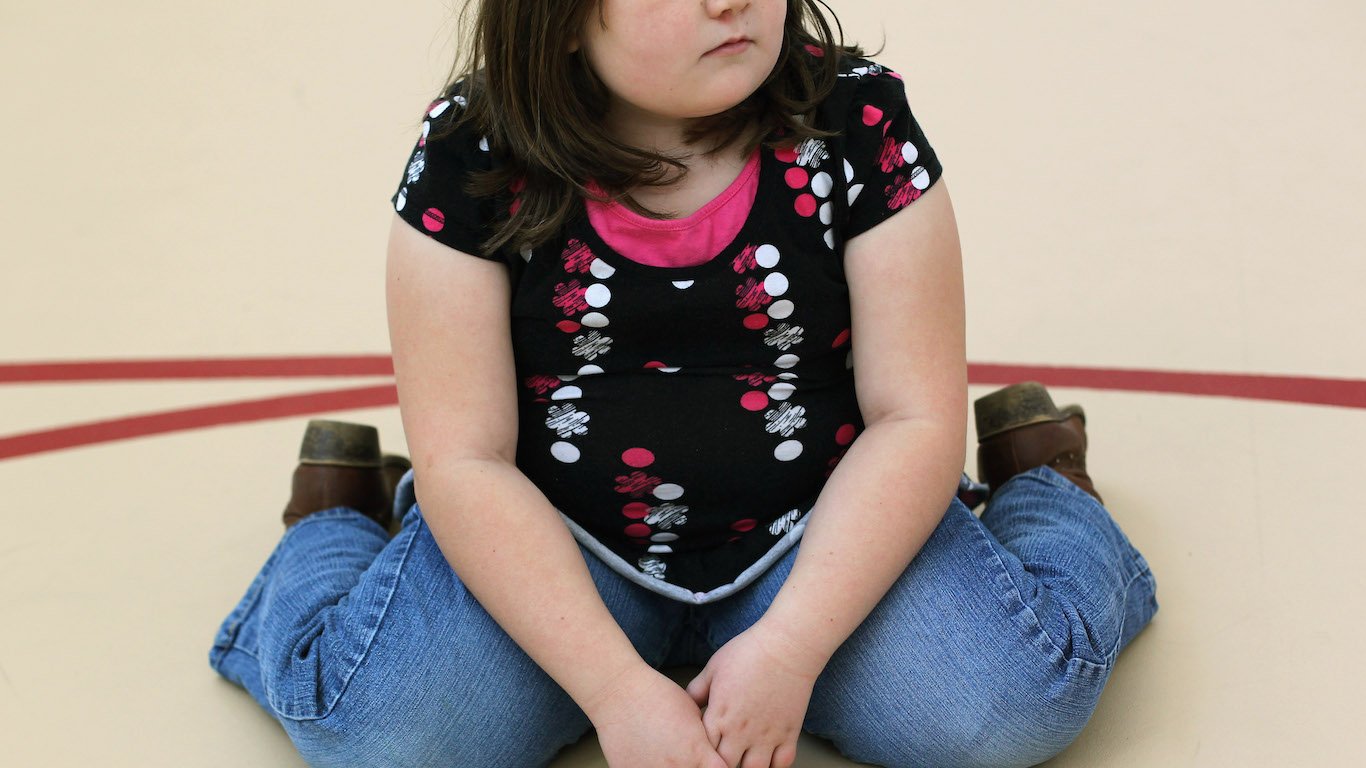

A large new study released today shows that American children fall short of the amount of exercise they need each day. The figures vary by both geography and type of exercise.
The research was released by the National Physical Activity Plan (NPAP) Alliance, which releases a report card on children and youth physical activity and exercises every two years. The current version is called the 2018 U.S. Report Card on Physical Activity for Children and Youth, and its purpose is to assess “the levels of physical activity and sedentary behaviors in American children and youth.” Another goal of the study is to examine circumstances that prevent children from getting the necessary amount of exercise per day. This threshold is one hour of physical activity. The age group measured is children and youth ages 6 to 17 years old.
Most of the members of the committee that oversaw the study were academicians, led by Peter T. Katzmarzyk, PhD, FACSM, FAHA, Pennington Biomedical Research Center. Pennington is part of Louisiana State University.
The results are based on nine indicators of physical activity:
- Overall physical activity
- Sedentary behaviors
- Active transportation
- Organized sport participation
- Active play
- Health-related fitness
- Family and peers
- Schools
- Community and the built environment
Additionally, activities are broken into three segments: aerobic activity, muscle strengthening activity and bone-strengthening activity. The most aerobic exercise involves walking or running. Muscle strengthening activity is dominated by climbing and lifting weights. Bone-strengthening includes running and skipping rope.
Geography is another key marker for whether children are likely to reach the benchmarks. States are measured based on the percentage of the residents between ages 6 and 17 that hit the appropriate exercise activity levels. Montana was at the top of the list with at 53%, while Arkansas was at the bottom with 35%.
| United States | 46.5 | |
| Montana | 53.4 | 1 |
| Kansas | 52.6 | 2 |
| California | 51.7 | 3 |
| Nebraska | 51.7 | 3 |
| North Dakota | 51.5 | 5 |
| New Mexico | 51.2 | 6 |
| Idaho | 50.4 | 7 |
| Colorado | 49.8 | 8 |
| Illinois | 49.3 | 9 |
| Iowa | 49.2 | 10 |
| Vermont | 49.1 | 11 |
| Wisconsin | 48.7 | 12 |
| Oklahoma | 48.1 | 13 |
| Utah | 47.4 | 14 |
| New Hampshire | 47.2 | 15 |
| Nevada | 46.4 | 16 |
| Arizona | 46.3 | 17 |
| Missouri | 46.2 | 18 |
| Massachusetts | 45.7 | 19 |
| Michigan | 45.6 | 20 |
| West Virginia | 44.4 | 21 |
| Tennessee | 44.1 | 22 |
| Connecticut | 44.0 | 23 |
| Delaware | 43.5 | 24 |
| Texas | 42.9 | 25 |
| New York | 42.4 | 26 |
| Pennsylvania | 42.4 | 26 |
| North Carolina | 42.3 | 28 |
| Virginia | 42.3 | 28 |
| Maine | 42.2 | 30 |
| Alaska | 41.4 | 31 |
| Rhode Island | 41.3 | 32 |
| Kentucky | 40.6 | 33 |
| Florida | 39.3 | 34 |
| South Carolina | 36.8 | 35 |
| Hawaii | 36.6 | 36 |
| Louisiana | 35.3 | 37 |
| Maryland | 35.2 | 38 |
| Arkansas | 35.1 | 39 |
| District of Columbia | 25.5 | 40 |
Sponsored: Want to Retire Early? Here’s a Great First Step
Want retirement to come a few years earlier than you’d planned? Or are you ready to retire now, but want an extra set of eyes on your finances?
Now you can speak with up to 3 financial experts in your area for FREE. By simply clicking here you can begin to match with financial professionals who can help you build your plan to retire early. And the best part? The first conversation with them is free.
Click here to match with up to 3 financial pros who would be excited to help you make financial decisions.
Thank you for reading! Have some feedback for us?
Contact the 24/7 Wall St. editorial team.



